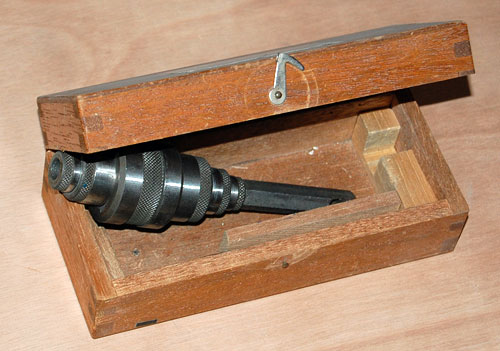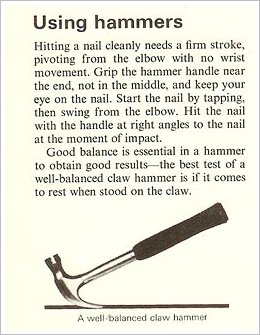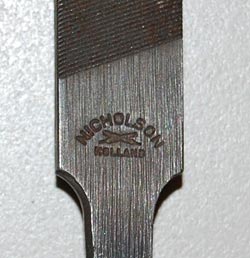We live in an age of throw away technology, and for me, the silver lining of this has always been to take old products apart before trashing them. It’s fun, and it’s instructive to see how computers, home electronics, even the occasional appliance are built inside. And of course, you may bring to light gems like the 10-platter stack from inside a 1980’s PC hard drive, shown below.

The problem is, to get at this you need to open the drive up, and these are closed tight with scary “warranty void if removed” stickers (not a problem) and a dozen screws like the one above, right, that never have a normal Phillips head for which a normal person will have a normal screwdriver around! The use of more esoteric screws like this Torx screw makes dismantling delicate electronics a problem. What is needed, of course, is a specialty driver, but who has those?
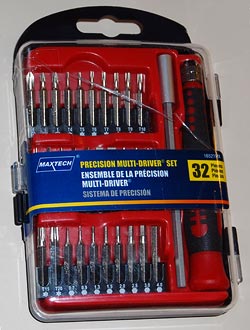 So, I kept accumulating old hard drives from long gone computers… intending one day to take a power drill to their pesky screws, but never getting around to it… until one day I got fed up and solved the problem once and for all.
So, I kept accumulating old hard drives from long gone computers… intending one day to take a power drill to their pesky screws, but never getting around to it… until one day I got fed up and solved the problem once and for all.
I went and bought a whole set of non-standard driver bits – not only Torx, but many other weird shapes, thirty bits in all. Not something I’d use daily, but it’s good to know I will never again be stumped by a stupid screw.
And of course, I took to my pile of old drives and had a field day taking them apart!



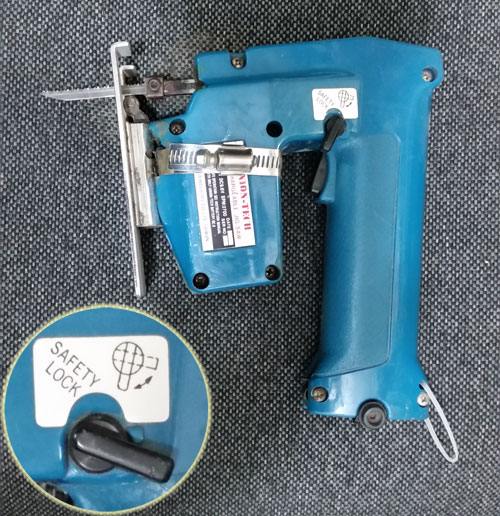
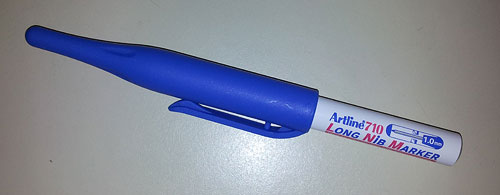

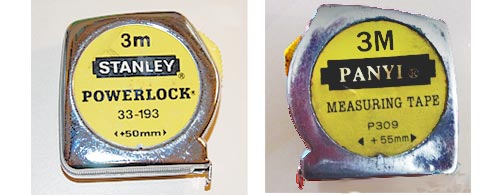

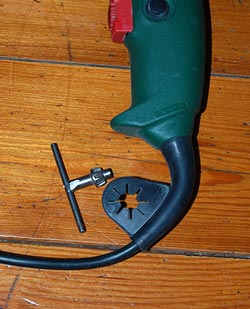 The intent was to keep the chuck key from getting lost, of course… you could stick it into the hole and the rubber flaps would keep it in place when it wasn’t being used to tighten the chuck. These keys were all too easy to misplace, so this was an excellent solution – as the vermiform appendix used to be when we were all eating leaves before we became humans and learned about chocolate and other delights.
The intent was to keep the chuck key from getting lost, of course… you could stick it into the hole and the rubber flaps would keep it in place when it wasn’t being used to tighten the chuck. These keys were all too easy to misplace, so this was an excellent solution – as the vermiform appendix used to be when we were all eating leaves before we became humans and learned about chocolate and other delights.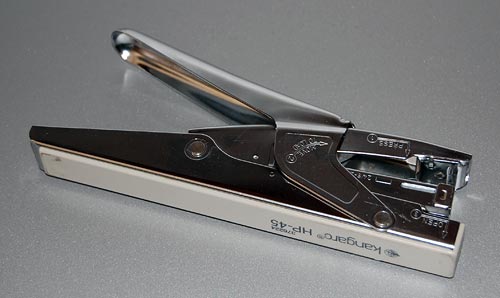
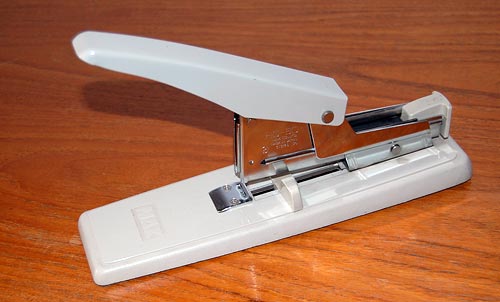

 So, I kept accumulating old hard drives from long gone computers… intending one day to take a power drill to their pesky screws, but never getting around to it… until one day I got fed up and solved the problem once and for all.
So, I kept accumulating old hard drives from long gone computers… intending one day to take a power drill to their pesky screws, but never getting around to it… until one day I got fed up and solved the problem once and for all.

